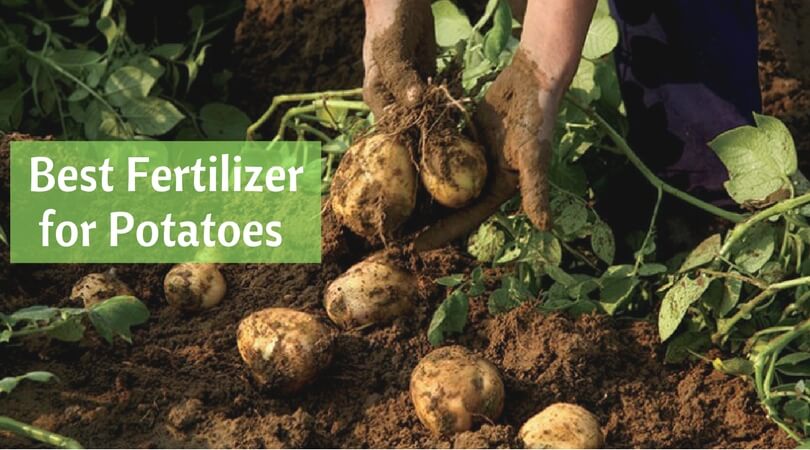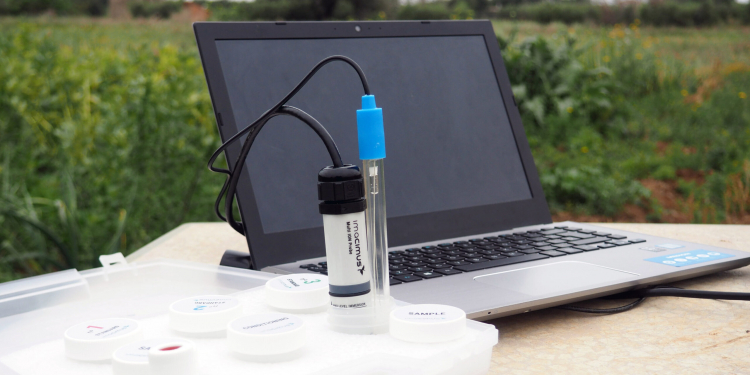Ways fixation might occur naturally or industrially
It is well known between farmers and agronomists – or anyone interested in plants, actually – all over the world the importance of nitrogen for agriculture. There is no question why it is the most required nutrient for every crop, since it is present in almost every metabolic compound, such as chlorophyll, amino acids, proteins, enzymes, and essential for carbohydrate consumption and root growth.
Once one is conscious that, without nitrogen, there is no agriculture, it is important to know how it can be provided to the plants. Surely, the most common way is though nitrogen fertilizers, such as urea, ammonium, MAP, DAP… If you would like to understand when and how to apply nitrogen fertilizers aiming to maximize yields, have a look at the SMART Fertilizer Software, in which, by simply uploading a soil, tissue or water test, you’ll receive a customized fertilization plan for your crop!
Be that as it may, in some cases, there is no nitrogen applied to the plants, but they still develop great. How is that possible? The air we breathe is full of nitrogen in its free form (N2), it only needs to be transformed into a molecule that the plant can absorb, such as NH₄⁺ and NO3-. The acquisition of the N in the atmosphere and its subsequent conversion is called Nitrogen Fixation.
This fixation might occur naturally or industrially, and in this article, we will introduce both ways.

INDUSTRIAL FIXATION
Nitrogen can be fixed industrially by a process called Haber-Bosch. Through this process, chemical industries are able to synthesize ammonia (NH3) from combining the free form of nitrogen in the air (N2) with hydrogen (from natural gas) in high temperature and pressure.
N2 + 3H —–> 2 NH3
Ammonia is an unstable gas, so it is still not a form of nitrogen that could be up taken by the plant. However, the NH3 obtained is used to form other (more stable) nitrogenous compounds, making it the foundation of all other nitrogen fertilizers, such as ammonium nitrate, ammonium sulfate, urea, ammonium phosphates and many others.
NATURAL WAY FIXATION
One natural way of fertilizing a crop through nitrogen fixation is by lightning. Yes, lightning. The combination of N2 in the atmosphere, water vapor (with hydrogen and oxygen atoms) and an electrical discharge forms a compound called nitric acid (HNO3). This acid, once in the soil, precipitates, turning into nitrate (NO3) which is a form of nitrogen that the plant can absorb, therefore, acting as a natural arrangement of nitrogen fertilization.
Although quite fascinating, fixation by lightning is the least common way of natural nitrogen fixation, since around 90% of it happens due to microorganisms, in different manners, but all part of what is called Biological Fixation.
For leguminous plants, soybeans for example, the attainment and conversion of nitrogen occurs due to a symbiotic association with nitrogen fixating bacteria called Rhizobium or Bradyrhisobium.
When these bacteria are in the soil, they reach the root hairs of the plant, causing it to curve and create an invagination, letting the bacteria enter the root. Once inside, it generates an infection leading to the formation of root nodules. In the nodules, the bacteria use an enzyme complex called nitrogenase to convert atmospheric nitrogen (N2) into ammonia (NH3), a compound that can be used by the leguminous plants.
For grass plants, like maize and wheat, the Rhizobium bacteria is not effective, although there is a possibility to use a different kind of bacteria, called Azospirillum, but its conversion rate is quite lower, because it colonizes the root surface, while Rhizobium actually penetrates the root.
To guarantee a successful fixation, farmers can inoculate this kind of bacteria in the seeds before sowing or directly in the planting line, but the second option requires a dose 6 to 12 times higher than seed inoculation.
There are also some other ways of biological fixation, for example, foliar nodules in non-leguminous plants, bacteria in the surface of trees and, in the oceans, cyanobacteria associated with algae.
No matter how the nitrogen fixation happens in your farm, count with the SMART Fertilizer Software to help you create the perfect nitrogen fertilization plan for your crop! Check out our software here.

- Recommends the ideal fertilizer mixture/ blends
- Saves up to 50% on fertilizer costs
- Comprehensive data on hundreds of crop varieties
- Interprets test results for any extraction method








